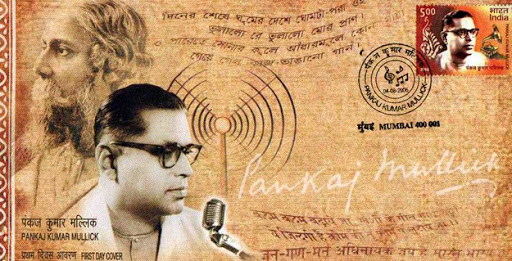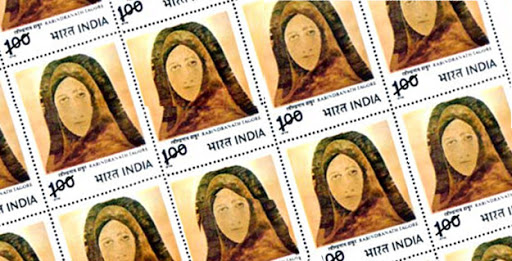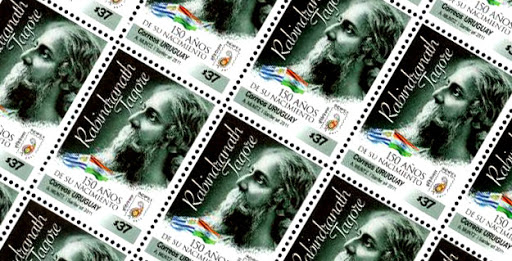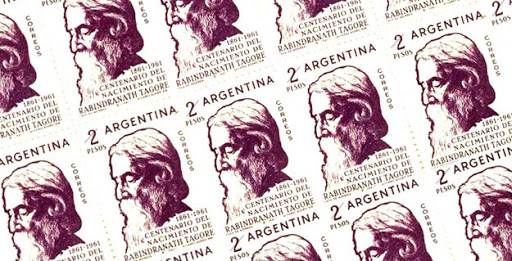In 1869 Lt. General Sir Henry D. Daly, who had earlier commanded central India Horse and Hodson’s Horse, was appointed the Governor General’s Agent for Central India. In 1870 Sir Henry motivated the chiefs of central India into establishing the Indore Residency School, which would provide a British education to their sons. In 1875 lord Northbrook visited the school and promised to raise its status. The school was renamed Indore Residency College in 1876 with Mr. Aberigh Mackay as its first principal. in 1881 Mr. Mackay passed away and in the same year Sir Henry Daly retired.
In 1882 the Rajput, Maratha, Bundela and Muslim chiefs decided to rename the college the Daly College, in appreciation of Sir Henry’s contributions. They also decided to expand the facilities at the college. A new academic block was built, which today forms part of the medical college. The viceroy, Lord Dufferin, inaugurated the new building on November 14, 1885 by 1891 the Holkars of Indore and the Scindias of Gwalior donated the two student houses.
In 1905 Sir Henry’s son, Sir Hugh Daly, was appointed agent at Indore, to the position previously occupied by his father. He took great interest in the Daly College and it flourished as a chief’s college. The Holkars then donated 120 acres east of the old campus and various chiefs contributed to build on the newly acquired land. Construction started in 1906 on two student houses, a temple, a mosque and the principal’s residence. The main building was constructed out of marble from the Udaipur quarries and was designed in the Indo-Sarascenic style.
The Viceroy, Lord Harding, officially inaugurated the main building on November 8, 1912 and the old campus was given up. For the next 28 years the college was open exclusively to the sons of the chiefs of central India. In 1940, showing great vision, the board of governors decided to prepare students for a modern and free India. The Daly College came together with a few other institutions and started the Indian Public Schools Conference (IPSC). Its doors were thrown open to admissions on merit, regardless of caste or creed. Since then the Daly College has grown in strength and reputation and now offers the most modern of education in a heritage setting. It has now become a member of the Round Square (International Conference).
It may be noted that though the original school started functioning in 1870, and later moved to its new campus in 1912, the founding date of 1882 is taken from the year in which the name “The Daly College” was first used.
It stands today as a tribute not only to Sir Henry Daly and Sir Hugh but to the generosity of the central Indian chiefs some of whom have already had five generations studying in the school. The school became coeducational residential in 1997, in response the desire of parents to give equally good education to their sons and daughters.
In 1882 the Rajput, Maratha, Bundela and Muslim chiefs decided to rename the college the Daly College, in appreciation of Sir Henry’s contributions. They also decided to expand the facilities at the college. A new academic block was built, which today forms part of the medical college. The viceroy, Lord Dufferin, inaugurated the new building on November 14, 1885 by 1891 the Holkars of Indore and the Scindias of Gwalior donated the two student houses.
In 1905 Sir Henry’s son, Sir Hugh Daly, was appointed agent at Indore, to the position previously occupied by his father. He took great interest in the Daly College and it flourished as a chief’s college. The Holkars then donated 120 acres east of the old campus and various chiefs contributed to build on the newly acquired land. Construction started in 1906 on two student houses, a temple, a mosque and the principal’s residence. The main building was constructed out of marble from the Udaipur quarries and was designed in the Indo-Sarascenic style.
The Viceroy, Lord Harding, officially inaugurated the main building on November 8, 1912 and the old campus was given up. For the next 28 years the college was open exclusively to the sons of the chiefs of central India. In 1940, showing great vision, the board of governors decided to prepare students for a modern and free India. The Daly College came together with a few other institutions and started the Indian Public Schools Conference (IPSC). Its doors were thrown open to admissions on merit, regardless of caste or creed. Since then the Daly College has grown in strength and reputation and now offers the most modern of education in a heritage setting. It has now become a member of the Round Square (International Conference).
It may be noted that though the original school started functioning in 1870, and later moved to its new campus in 1912, the founding date of 1882 is taken from the year in which the name “The Daly College” was first used.
It stands today as a tribute not only to Sir Henry Daly and Sir Hugh but to the generosity of the central Indian chiefs some of whom have already had five generations studying in the school. The school became coeducational residential in 1997, in response the desire of parents to give equally good education to their sons and daughters.










